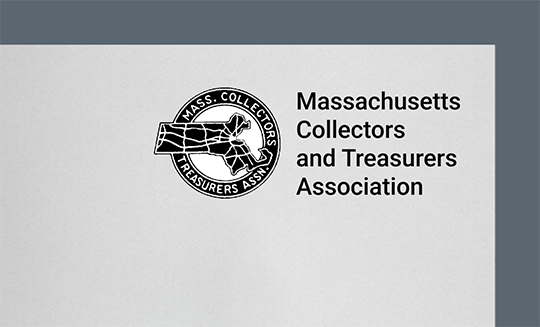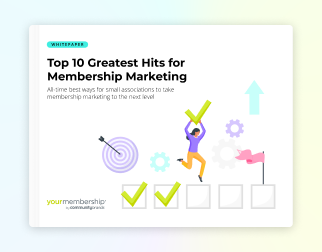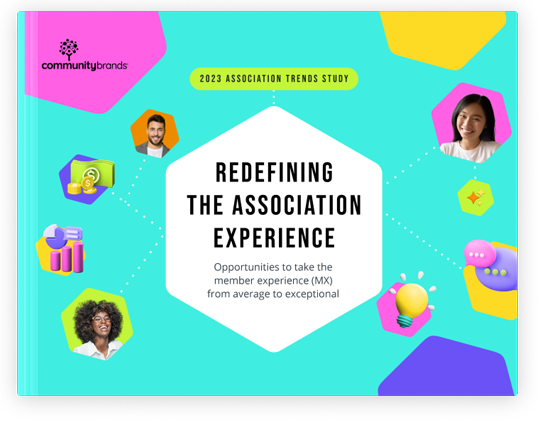In the education industry, we are notorious hype builders. We quickly herald the start of new trends as quickly as our digitally shortened attention spans enable us. We use terms like “mobile learning,” “micro learning,” “personalized learning” and even “social learning” to prop up the next big thing.
All of this grandstanding leaves our audiences clamoring to find new direction and answers, only causing more confusion and less clarity. Even worse for some, fear permeates their search for solutions. Others may just do an internal gut check and reflect: “If I don’t pursue personalized learning, . . .” or “If I’m not pursuing micro learning, is my program at risk for failure or of questionable value?”
All of us are guilty of this as new technologies empower our creativity to think openly about how tech applies in learning. We think we must capitalize as quickly as tech innovations come up. It’s quite a race, if you allow it to be.
If we really think about it, quality learning has and always should have many or all of these qualities at some level: personalized, social, micro, and, in some places, mobile (or at least portable).
Evaluate new concepts for their value, not their novelty.
Effective learning in most scenarios cannot be pigeonholed to a particular theme like “micro.” However, this doesn’t mean that micro learning shouldn’t be a part of a strategy as a format choice. Certainly, micro learning formats can facilitate quick development of content for programs and be highly effective.
For example, a short video that succinctly teaches a single concept is “micro” sized and “mobile” friendly. And, we can add the “social” element by placing the video into discussions to foster dialogue about the topic.
So, our stereotypes about these concepts start fading away once we think of them, not as major philosophical shifts, but as valid options for delivery and learning composition. It’s a fine line of differentiation, but one that’s key to help us reduce the panic that trend-watching may cause.
Personalized learning using scenario-based content, for example, can lead people through a diagnosis of a patient or determination of a financial statement based on separate decisions along the way. All are conducted using a simple set of evaluations or reflection journals. Not expensive, or elusive, but definitely effective.
So, let’s not let the technology become the ends. Instead, it’s the means to the end. In our case, the end is the learning outcomes we seek.
Education delivery formats.
These concepts are really qualities of learning—a way to deliver education. But, each are not the complete solution as standalone. And, as such, we should shift the discussion and vocabulary. It’s not if we’re “in” style by adopting these outright or we’re “outdated” by not pursuing them. But, it’s to what degree of depth and diversity do these qualities occur in our education offerings. And, we should determine if we incorporate such qualities into some or many of our education activities—not if we’ve gone “mobile” or “micro.”
For a start, here are three ways to conduct some of this analysis and practice techniques to incorporate it.
1. How much of the content that you are creating in video and elearning is built for multiple browsers? This helps make sure most mobile devices and desktops are supported. Do you use common authoring tools like Captivate, Articulate or Lectora to output in formats that can be played on any device or computer? This means staying away from proprietary downloads and dated, unsupported technologies like Adobe Flash.
2. What percentage of content is bite-sized, less than 15 minutes in length? Or, if not already, what content could be chunked like this with some reasonable effort? This content will help support micro elements to stand alone or to incorporate into a course of multiple micro activities.
3. Are you aligning content development to career fields, tracks or interest areas? This helps ensure the products are personalized through mechanisms in, for example, YourMembership’s Learning Management System (LMS), which helps to recommend, promote and filter content. This makes it more personalized.
Learning trends for 2017 aside, one thing is for sure during this new year. Our learning program and strategy remains the same: To deliver relevant and great learning content in formats that are impactful to learners.
Let’s continue the conversation. Then you can learn more about the real-world examples of each trend at work.






